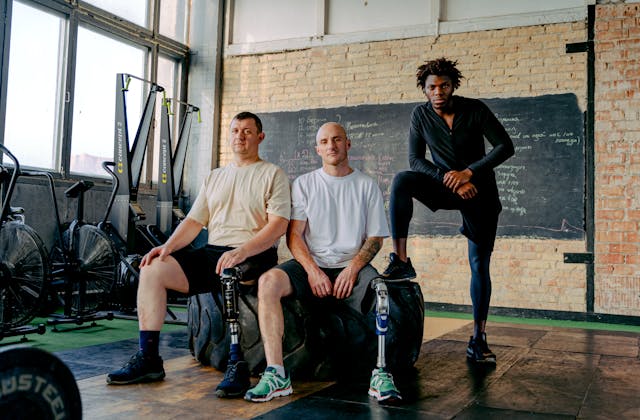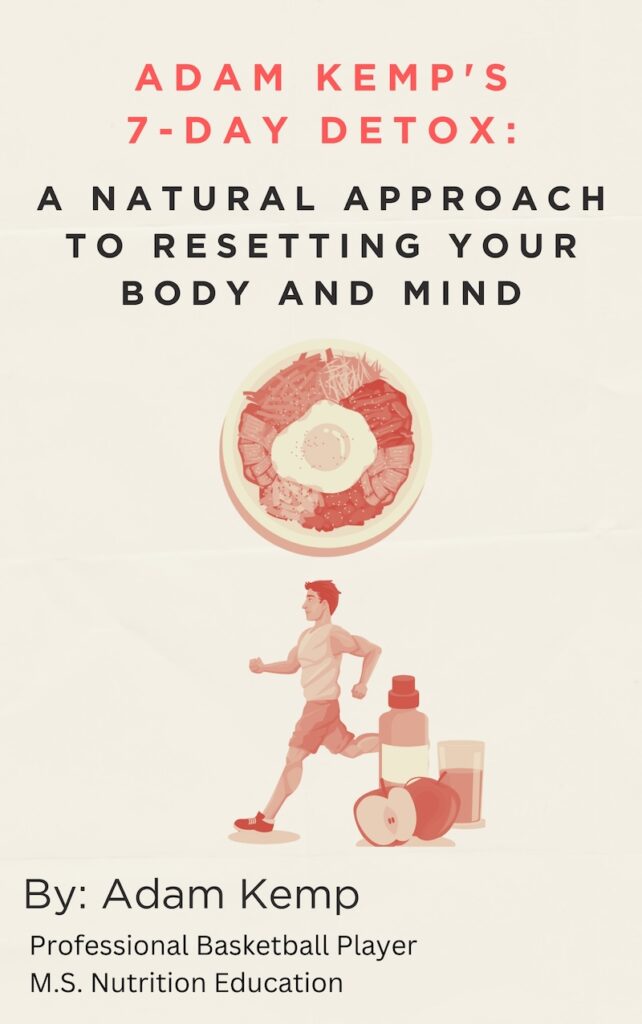Benefits of Structured Rehab Programs for Injury Recovery
When people think about healing after an injury, surgery, or long-term pain, the focus often goes straight to the body.
However, injury recovery is not only a physical process.
The body, mind, and daily habits all work together, and each plays a role in how someone feels and how quickly they heal.
Throughout my basketball career, I’ve faced more than a few injuries.
I’ve dealt with sports injuries, including broken bones, torn ligaments, and most recently, a torn meniscus from a car accident.
Each recovery taught me something different, but one lesson has always been clear: I felt the most confident and made the best progress when I had a structured rehabilitation program and a dedicated team guiding me through it.
That structure provided my recovery with direction, purpose, and measurable progress, rather than uncertainty and frustration.
Pain and injury can create stress, alter sleep patterns, impact confidence, and even affect a person’s emotional well-being.
A structured rehabilitation program recognizes these connections.
Instead of focusing solely on a painful area, it examines how the entire body functions as a system.
This kind of approach considers that healing is a gradual process.
It requires patience, guided support, and consistent effort.
When recovery includes physical therapy, mental support, lifestyle changes, and long-term strategies, the results are often stronger and more sustainable.
How Structured Rehab Programs Improve Injury Recovery Outcomes

Structured rehabilitation programs provide a clear, evidence-based pathway to healing that goes beyond simple rest or isolated therapy.
By combining personalized exercise progressions, expert guidance, and holistic care, these programs help restore strength, mobility, and confidence while reducing the risk of re-injury.
The benefits extend far beyond physical recovery, as structured rehab supports mental resilience, long-term wellness, and a smoother return to daily life or athletic performance.
Structured Rehabilitation Encourages Body-Mind Balance
In any injury recovery journey, the mind and body must work together.
When someone is in pain, it is common to start avoiding movement out of fear of worsening the injury.
Over time, this can lead to stiffness, weakness, and more discomfort.
A structured rehab program helps break this cycle.
By guiding movement safely and gradually, the body begins to trust itself again, and the mind gains confidence.
This gradual rebuilding of trust is important.
The program may include controlled exercises, breathing practices, and calm pacing strategies to help the nervous system relax.
When the nervous system begins to feel safe, the body moves more easily, and pain levels can decrease.
This establishes a stronger foundation for long-term recovery, rather than just temporary relief.
Nutrition and Hydration in Healing
The healing process depends not only on movement and therapy but also on the nourishment the body receives.
Every tissue in the body needs nutrients to repair and rebuild.
Hydration supports the movement of nutrients and helps reduce stiffness.
Foods with natural anti-inflammatory properties, such as vegetables, fruits, and whole grains, support healing from the inside.
Structured rehab often includes education or guidance on healthy nutrition habits.
These small but meaningful lifestyle changes help the body maintain balance, support energy levels, and improve overall wellness.
When nutrition supports the healing process, recovery can feel smoother and more manageable.
Gentle Movement and Reconnection With the Body
One of the key elements of structured rehab for injury recovery is the gradual reintroduction of movement.
Many people notice that after pain or injury, the body feels unfamiliar, stiff, or uncoordinated.
Gentle stretching, slow strength-building exercises, and guided mobility exercises help reconnect individuals with their natural movement patterns.
A program may provide physio care designed for recovery, which focuses on improving movement without overwhelming the body.
Instead of pushing through discomfort, the goal is to encourage slow, steady improvement.
Over time, this helps restore flexibility, build strength, and improve balance.
This kind of approach reduces the chance of re-injury and supports healthier movement patterns that can last long term.
Targeting the Source of Pain, Not Just Symptoms
Chronic or nerve-related pain affects many people and can interfere with sleep, movement, and daily activities.
A structured rehab program looks deeper than the discomfort felt on the surface. Instead of only addressing the symptoms, it aims to understand what is causing the pain.
This may include muscle imbalances, nerve compression, poor posture habits, or outdated movement patterns that need to be corrected.
Some individuals benefit from targeted therapy for nerve pain, which focuses on relieving pressure on irritated nerves and rebuilding the strength of supportive muscles.
Addressing nerve-related pain often requires patience, guided practice, and consistency.
When the cause of pain is addressed directly, recovery becomes more effective and longer lasting.
Creating Sustainable Healthy Habits
One of the most meaningful aspects of structured rehabilitation is that it teaches healthy habits and skills that can be applied long after therapy sessions conclude.
Injury recovery is not just about feeling better in the moment.
It is about learning how to maintain that progress in daily life.
The injury recovery program provides tools such as posture awareness, pacing strategies, breathing exercises, and strengthening routines that can be continued independently.
These habits help prevent future injuries and support overall well-being.
They also encourage individuals to be active participants in their own health.
When a person understands their body and how to care for it, they gain confidence and independence.
Long-Term Wellness and Prevention
Structured rehab during injury recovery is not simply about returning to normal; it is about developing a healthier, more balanced way of moving and living.
People who complete structured injury rehab programs often report better posture, improved flexibility, reduced stress, and more energy.
This kind of recovery supports long-term wellness, not just short-term improvement.
By addressing the whole body, physically, emotionally, and mentally, structured rehab programs create meaningful change.
The journey may require commitment, but the results speak for themselves: greater mobility, reduced pain, and a stronger connection to one’s body.
Final Thoughts: Why Everyone Should Use Structured Rehabilitation Programs for Injury Recovery

Injury recovery is a personal experience, and each person’s journey is unique.
Structured injury recovery rehab programs provide the guidance, support, and knowledge needed to heal in a balanced and sustainable way.
By integrating physical therapy, mindful movement, lifestyle habits, and emotional awareness, these programs offer a complete approach to recovery.
When the body feels supported and understood, healing becomes not just possible, but lasting.
This website does not provide medical advice. This website site does contain affiliate links, and purchases may earn a commission.
Read my Medical Disclaimer, Review Disclaimer, and Publishing Policies for more details. Use of this site indicates acceptance of these terms.



